What Are Hollyhock Weevils: Alleviating Hollyhock Weevil Damage


Hollyhocks (Alcea rosea) lend an old-fashioned charm to the back of the garden border, or serve as a seasonal living fence, creating a little extra privacy through the spring and summer. Even though these plants are often extremely tough, a little hollyhock pest control will keep your bed filled with blooms for years to come.
What are Hollyhock Weevils?
Hollyhock weevils (Apion longirostre) are gray snout beetles with orange legs, measuring 1/8 to 1/4 inch (3-6 mm.) long, including their pronounced proboscis, which is significantly longer in females than males. Hollyhock weevil adults overwinter in the soil of infested hollyhock beds, emerging from hiding in spring to feed and lay their eggs. The female chews a small hole in a flower bud before inserting a single egg, repeating this process many times.
The hollyhock weevil egg doesn't interfere with flower formation but instead becomes enveloped inside the hollyhock seed pod as it develops. Here, the larvae feed and pupate, emerging as adults and dropping into the soil from late summer to early fall. Hollyhock weevils produce just one generation a year in most locations.
Hollyhock Weevil Damage
Weevil pests on hollyhocks cause only minor visual damage, chewing small holes in hollyhock leaves and flowers. However, they can cause serious damage to the overall lifespan of hollyhock stands. Larval hollyhock weevils develop within the hollyhock seed pods, using embryonic seeds for food. When the seed pods are mature, they are often empty, preventing hollyhocks from self-seeding. Since these plants are short-lived perennials at best and may require two years to produce blooms, hollyhock weevil larvae can seriously disrupt the life cycle of your hollyhock bed.
Controlling Hollyhock Weevils
A careful watch for adults and feeding damage in the spring will clue you into the nighttime visitations of hollyhock weevils. You should examine your plants carefully after dark with a flashlight to determine the extent of your pest problem before deciding how to proceed. Often, hollyhock weevils can be handpicked from hollyhock leaves and buds and dropped into a bucket of soapy water to drown.
Safer insecticidal options are available when hollyhock weevils cling tightly to leaves or there are so many feeding on your plants that hand-picking becomes an insurmountable task. Spray insecticidal soap directly on these pests; it will kill them on contact. If caught early in the season, you may be able to prevent them from laying eggs by checking nightly and destroying the pests you find, until no more hollyhock weevils are detected.
If your hollyhock seeds couldn't be spared from the hollyhock weevil's efforts, you should destroy seed pods as soon as they become visible to destroy eggs, larvae, and pupae. Although this will have a serious impact on the next generation of hollyhocks, chances are good that many of the seeds would have already been consumed. In the long-run, removing one season's seeds may save your entire stand and keep the area friendly to future hollyhock plantings.
Gardening tips, videos, info and more delivered right to your inbox!
Sign up for the Gardening Know How newsletter today and receive a free copy of our e-book "How to Grow Delicious Tomatoes".

Kristi Waterworth was a regular contributor to Gardening Know How for many years, answering countless queries on plant pests and diseases.
-
 Looking For Plants To Give You The Soft And Fuzzies? Try These 5 Fuzzy Leaf Plant Options
Looking For Plants To Give You The Soft And Fuzzies? Try These 5 Fuzzy Leaf Plant OptionsLovers of texture, drama, silver foliage and tactile plants will adore these special sensory garden additions. These fuzzy leaf plant options will leave you all aglow
By Susan Albert
-
 Get Ready For A Summer Of Hummers! Grow These Full Sun Hummingbird Plants and Flowers
Get Ready For A Summer Of Hummers! Grow These Full Sun Hummingbird Plants and FlowersIf you’re lucky enough to enjoy a sunny backyard, make sure you are maxing out on your pollinator opportunities and grow these full sun hummingbird plants and flowers
By Tonya Barnett
-
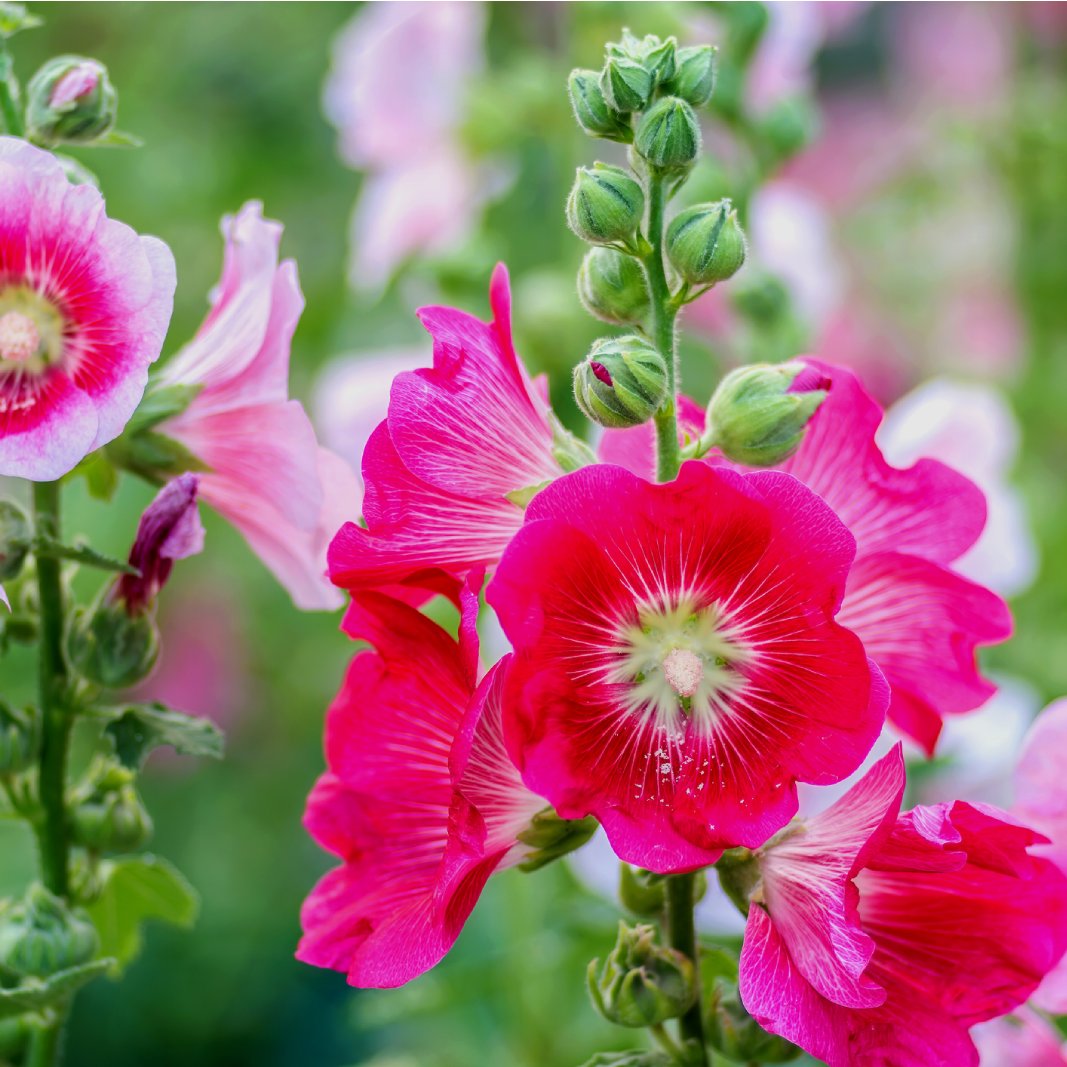 Hollyhock Feeding Made Simple: Fertilizing Hollyhocks For Better Blooms
Hollyhock Feeding Made Simple: Fertilizing Hollyhocks For Better BloomsFertilizing hollyhocks will help these old-fashioned beauties thrive and bloom, adding stately color and height to any ornamental garden.
By Tonya Barnett
-
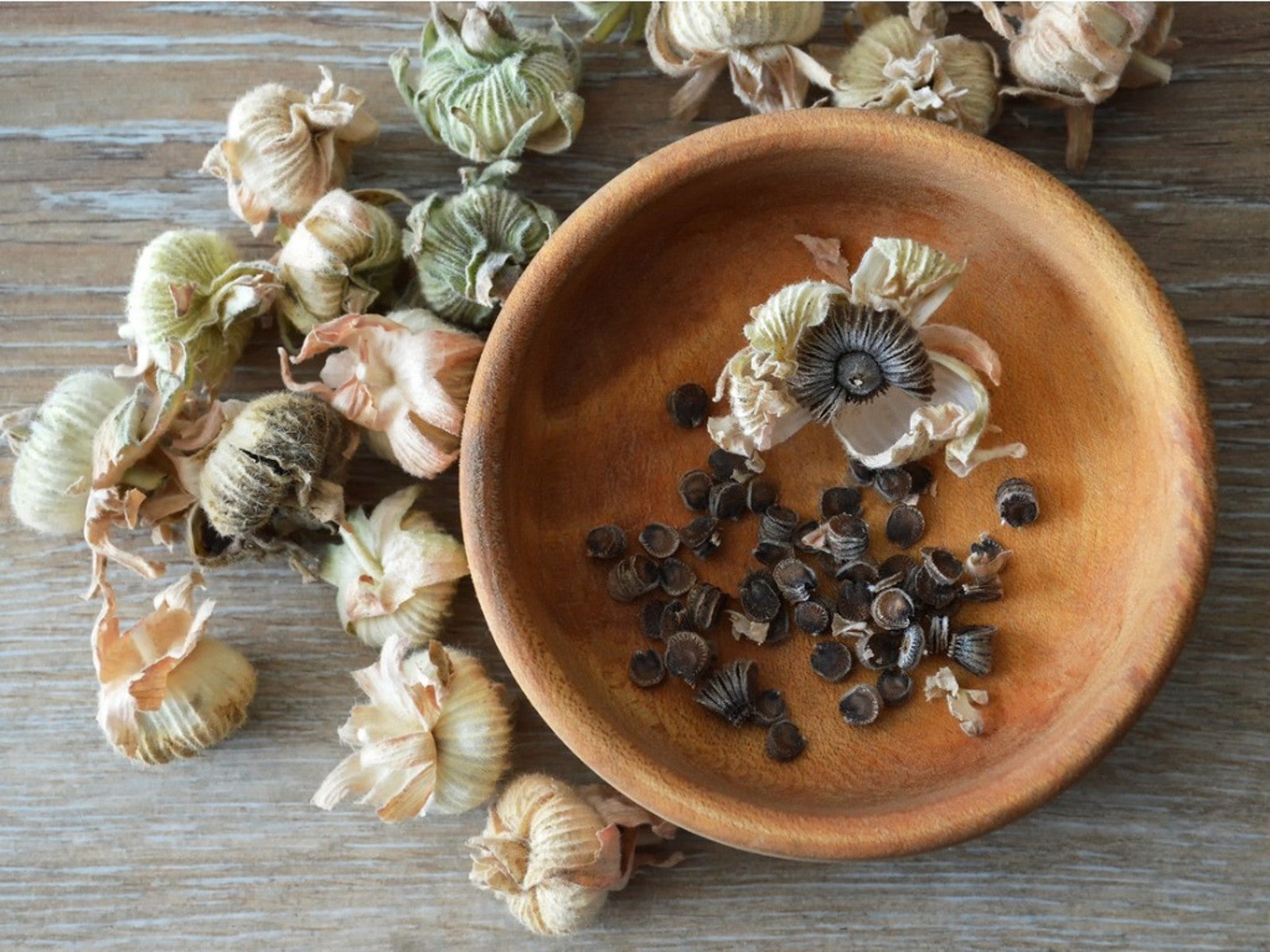 When And How To Harvest Hollyhock Seeds
When And How To Harvest Hollyhock SeedsWant to know how to harvest and collect hollyhock seeds? Click here to learn everything there is to know.
By Tonya Barnett
-
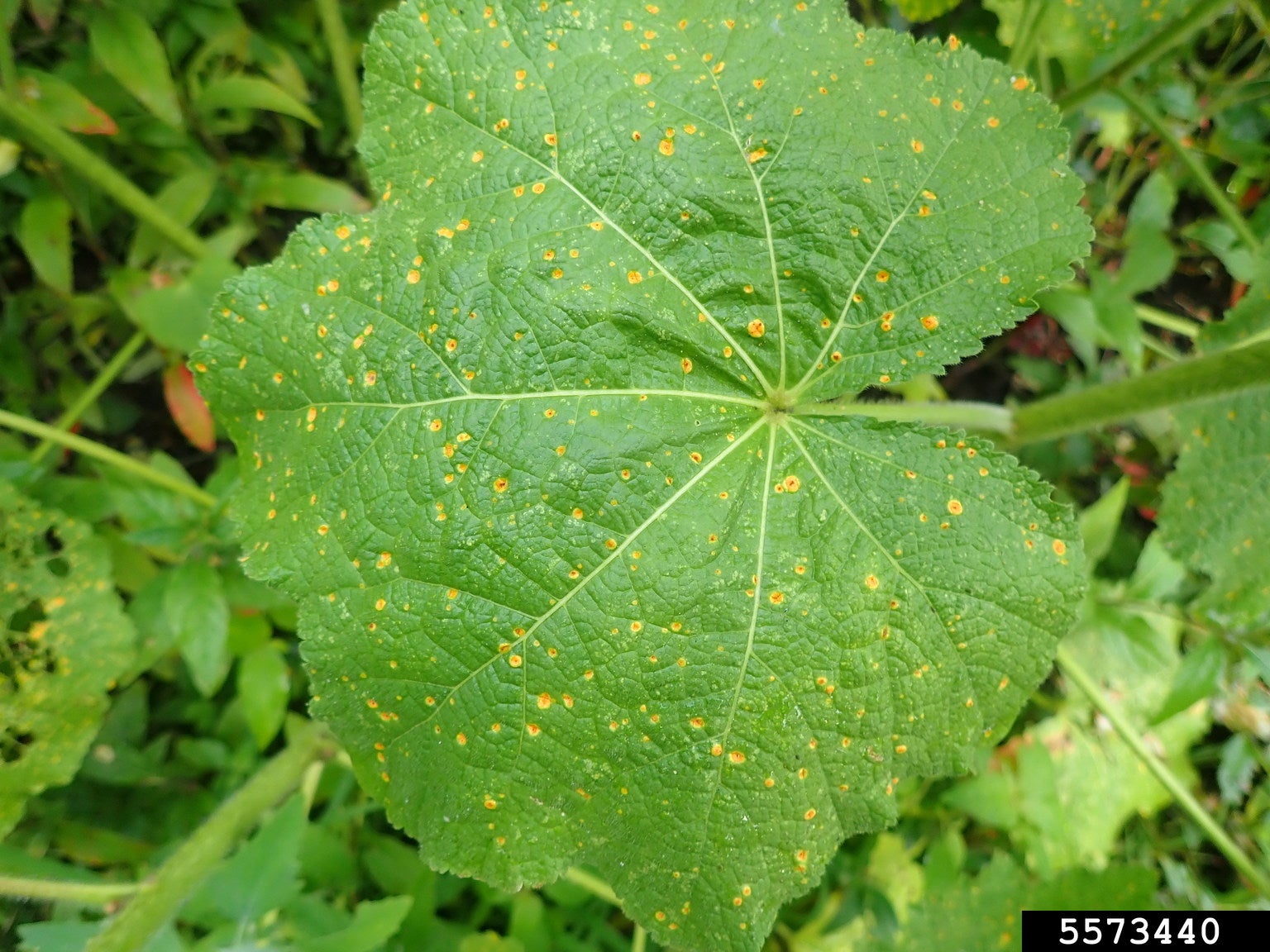 Treating Hollyhock Leaf Spot – Learn About Hollyhock Leaf Spot Control
Treating Hollyhock Leaf Spot – Learn About Hollyhock Leaf Spot ControlHollyhocks can be plagued by leaf spot diseases. Sanitation and proper irrigation generally keep the disease in check. Click here for more info.
By Mary H. Dyer
-
 Hollyhock Pest Control: Are Hollyhock Nematodes Good Or Bad
Hollyhock Pest Control: Are Hollyhock Nematodes Good Or BadYour hollyhocks are stunted with poor flower production. They wilt easily and look yellowish. You're not sure why they’re are failing. Perhaps, it's because the trouble lies under the soil. You may have hollyhock nematode problems. This article can help with that.
By Laura Miller
-
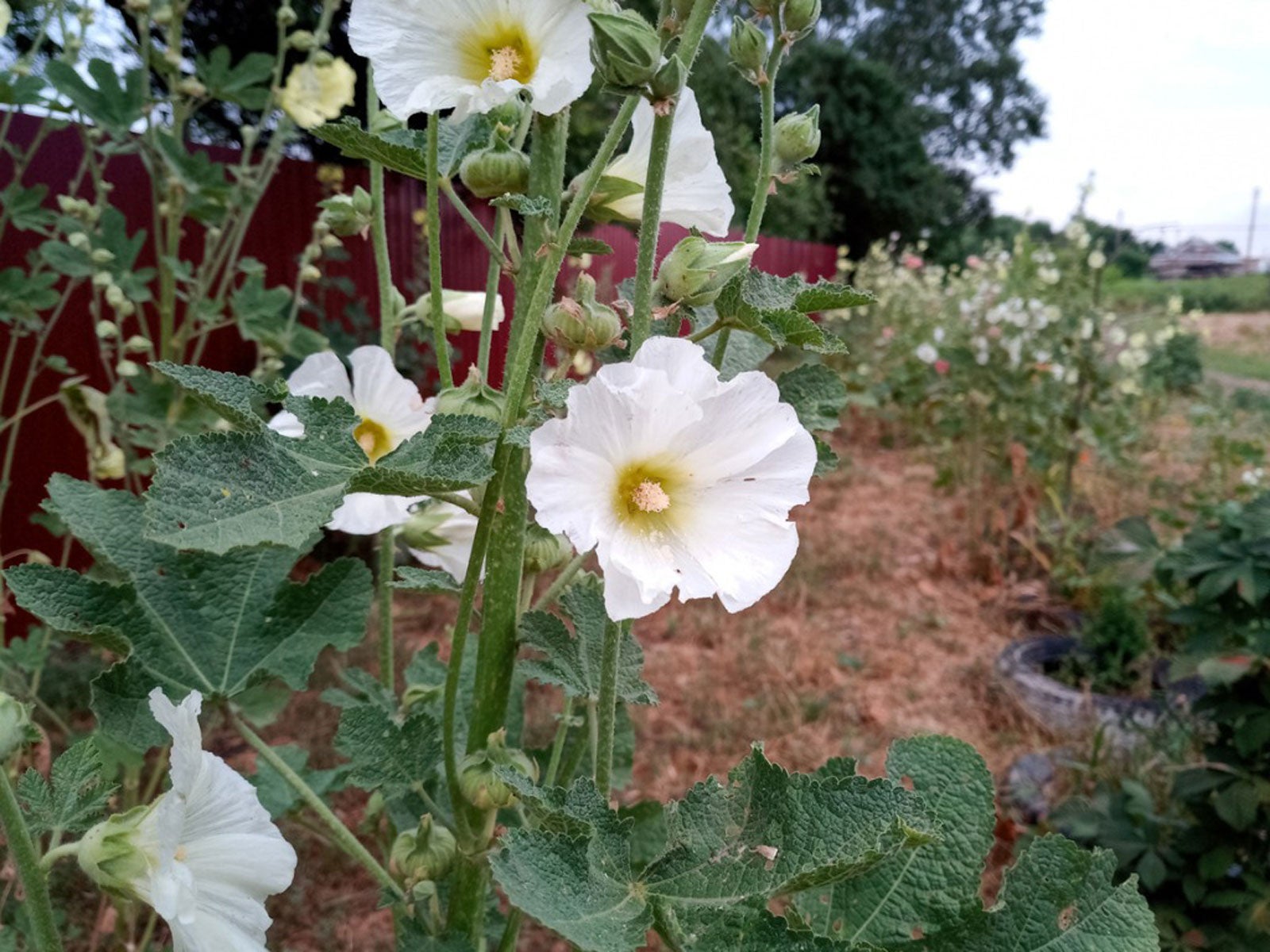 Hollyhock Anthracnose Symptoms: Treating Hollyhock With Anthracnose
Hollyhock Anthracnose Symptoms: Treating Hollyhock With AnthracnoseAnthracnose is one of the most destructive diseases of hollyhock plants. To learn about symptoms and management, click here.
By Mary Ellen Ellis
-
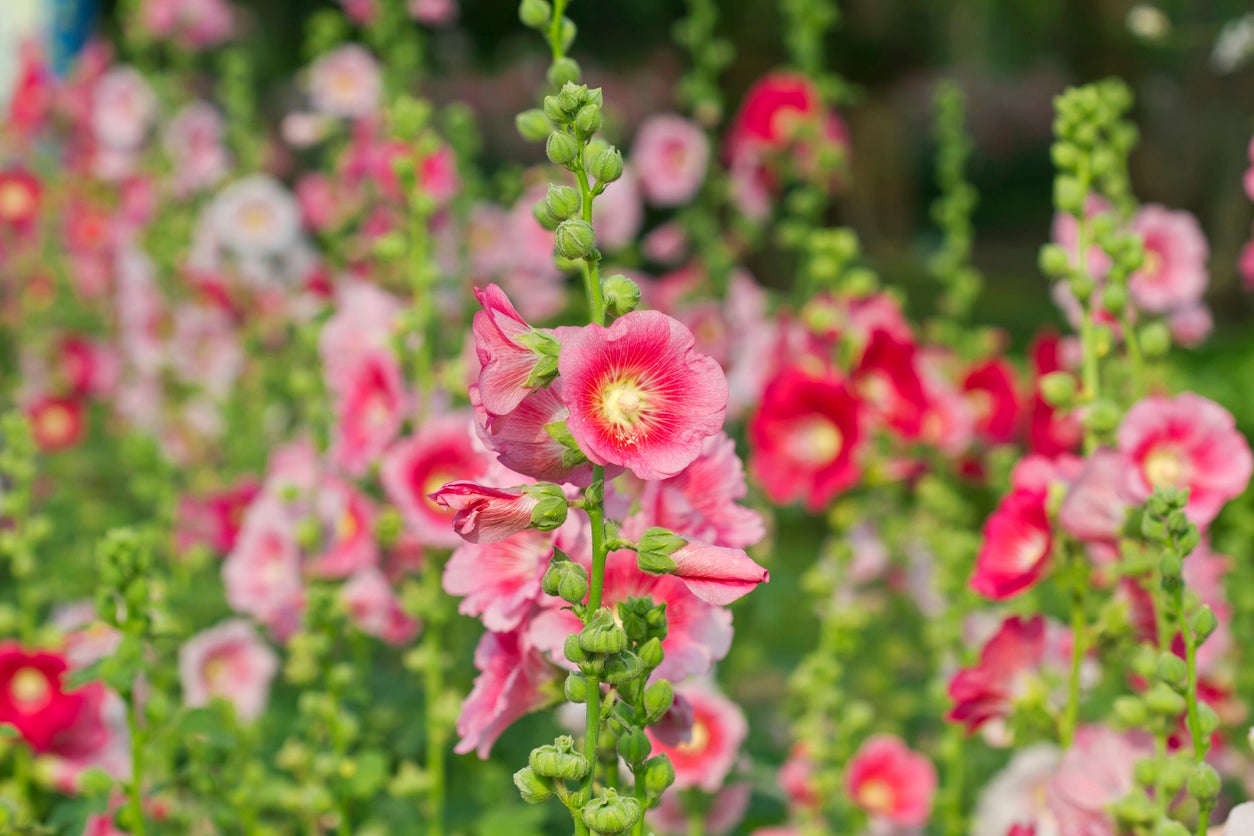 Hollyhock Flower Removal: Do Hollyhocks Need To Be Deadheaded
Hollyhock Flower Removal: Do Hollyhocks Need To Be DeadheadedHollyhocks are the showstoppers of the flower garden with towering blooms. To make the most of these gorgeous flowers, know how best to care for them. Do hollyhocks need to be deadheaded? Yes. Learn more in this article.
By Mary Ellen Ellis
-
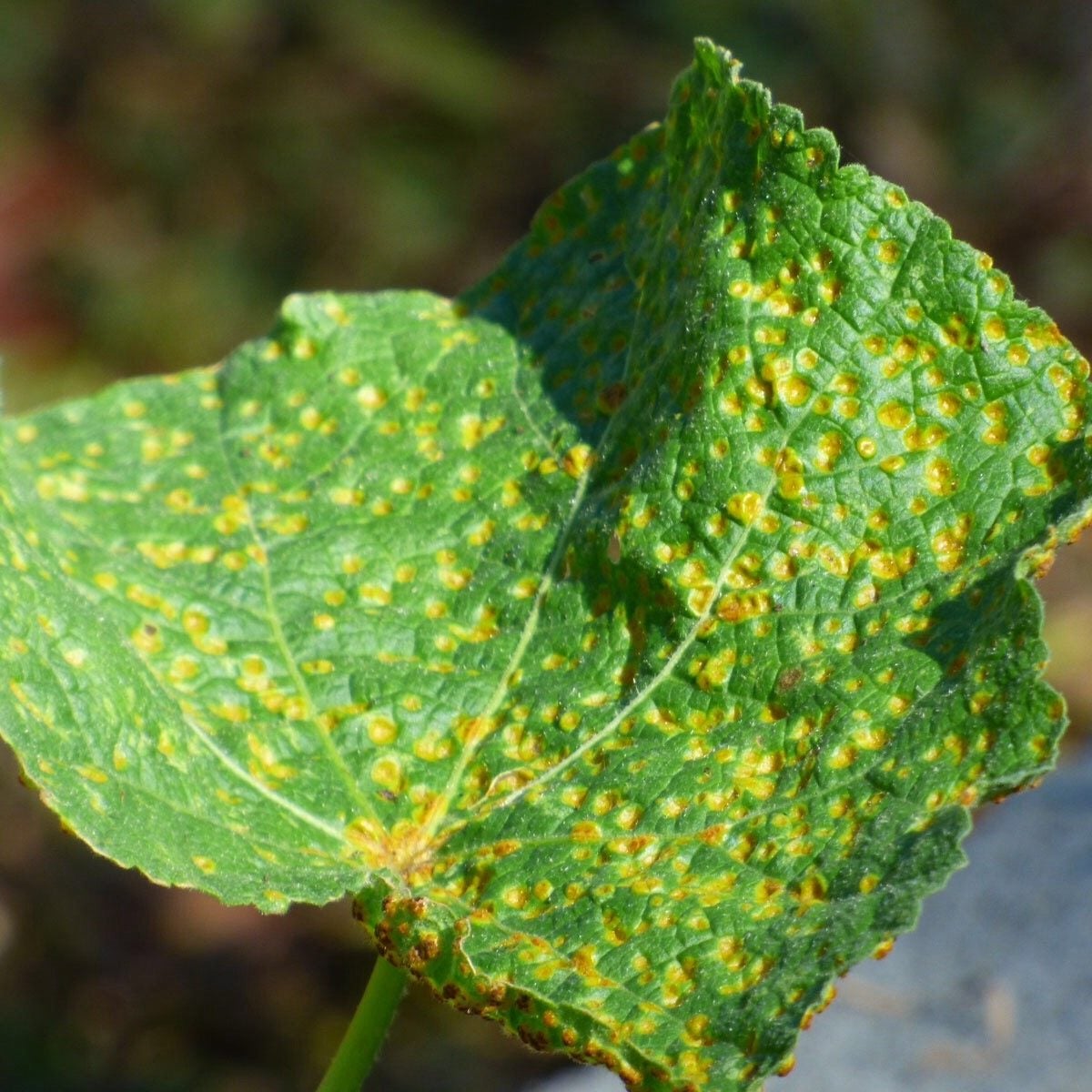 Hollyhock Rust Treatment: How To Control Hollyhock Rust In Gardens
Hollyhock Rust Treatment: How To Control Hollyhock Rust In GardensIf you've ever grown hollyhocks in a hot humid climate, you've probably seen its leaves with yellow spots on top and reddish-brown pustules on the undersides that indicate hollyhock rust. Find out how to control hollyhock rust in this article.
By Jackie Carroll
-
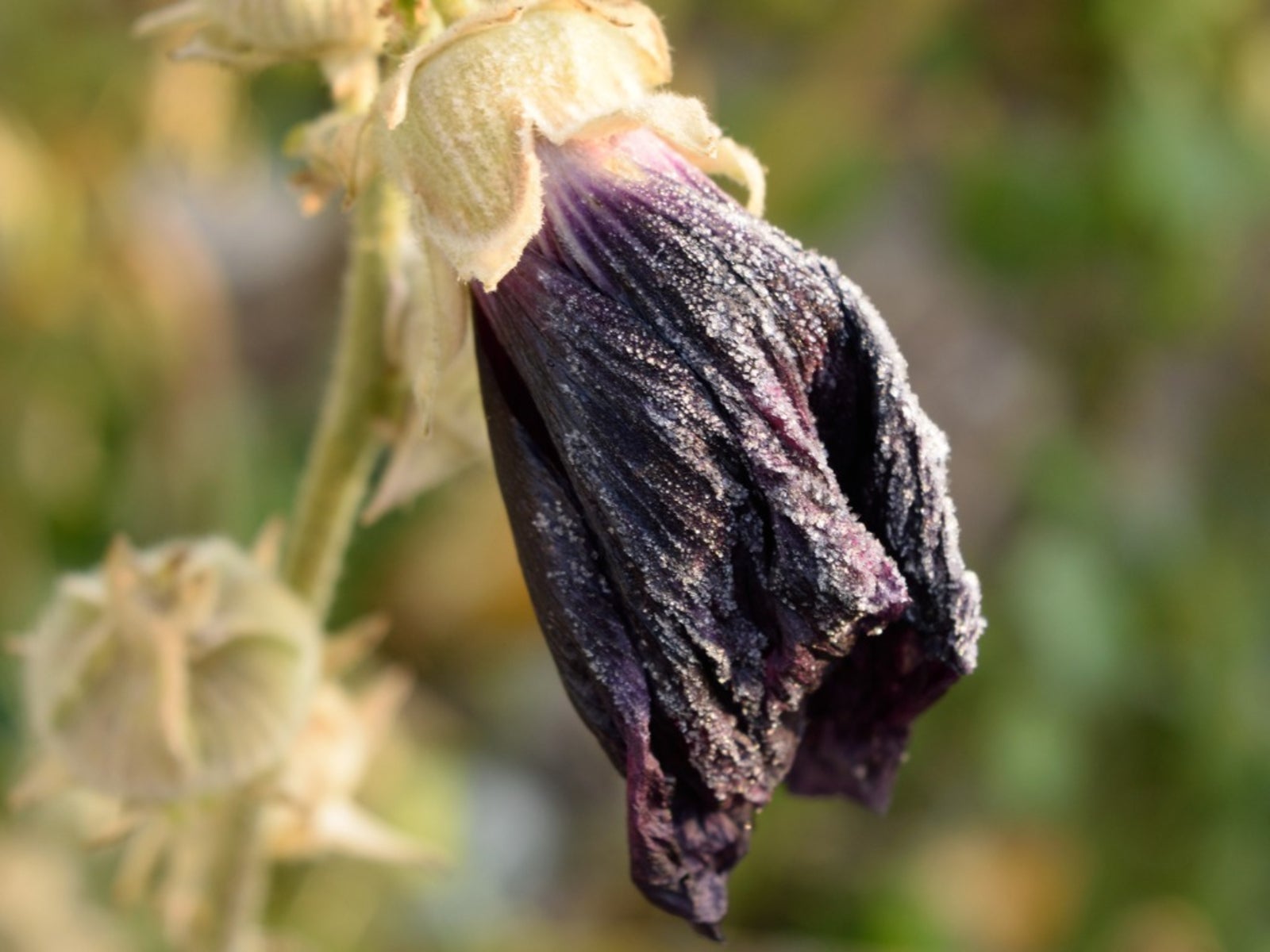 Hollyhock In Winter: How To Winterize Hollyhock Plants
Hollyhock In Winter: How To Winterize Hollyhock PlantsHollyhocks die back in winter, but you still need to protect the roots. Discover how to winterize hollyhock in this article so you can continue to enjoy their blooms next season.
By Bonnie L. Grant